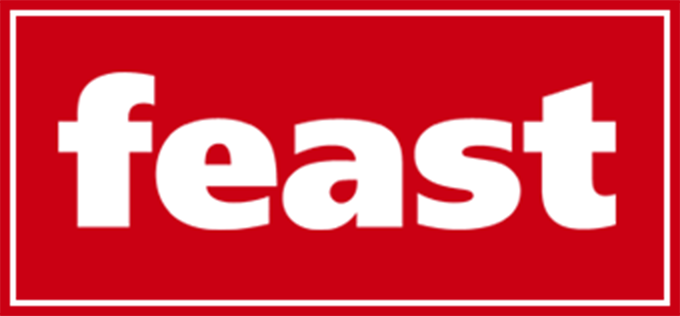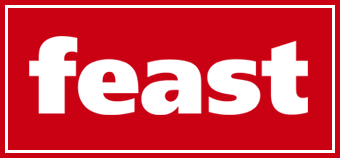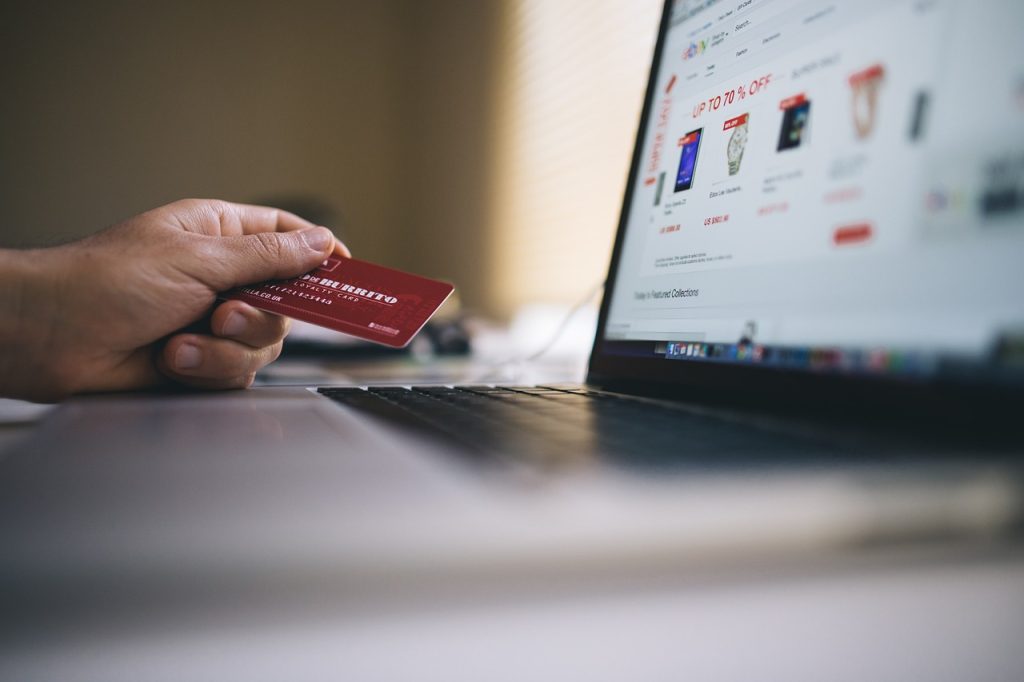Technology has prompted numerous businesses to embrace new methods to stay aligned with market changes. The main aim of these initiatives is to attract and retain customers, improve customer satisfaction, and ensure that existing customers stay loyal. Customer expectations have greatly increased, and for long-term success, businesses must do more than just drive sales. They must establish confidence in their brand and cultivate enduring loyalty. A successful method for maintaining customer loyalty is providing adaptable payment choices.
What Are Flexible Payment Options?
Flexible payment options are arrangements made between a business and its customers that allow the purchases to be made over a certain period. This option allows customers to acquire more goods or services since they do not have to pay the full amount.
Integration With Technology
The combination of technology and adaptable payment methods is transforming the payment environment, improving customer satisfaction, and simplifying transactions. Here’s how technology is facilitating a wider range of payment choices:
Digital Wallets and Contactless Payments
Mobile wallets and contactless payments provide convenience and rapidity, utilizing technologies such as Near-Field Communication (NFC) or QR codes. Users can easily tap their smartphones or smartwatches on compatible devices to finalize transactions, removing the necessity for physical cards or cash. This contactless method not only speeds up transactions but also enhances hygiene, a consideration that has become more significant in recent years.
Blockchain and Cryptocurrency Integration
Blockchain technology and cryptocurrencies are being integrated into payment systems, offering new possibilities for secure and decentralised transactions. Blockchain allows transparent, immutable record-keeping of transactions, reducing fraud risks and enhancing trust. Cryptocurrencies provide an alternative payment method, particularly useful for cross-border transactions. Some platforms now allow users to buy, sell, and hold cryptocurrencies directly within their accounts, bridging the gap between traditional and digital currencies.
Opting for crypto as your chosen online payment method comes with a whole host of benefits. When shopping online, crypto allows you to make purchases without having to worry about additional transaction fees. Crypto is decentralised, so you don’t need to pay any middleman for handling the transaction.
Crypto is good because it creates anonymous transactions, which is particularly beneficial when using online casinos. iGaming sites, such as the ones listed on nokyccryptocasino.ltd, allow you to gamble anonymously. They don’t feature KYC (Know Your Customer) checks and accept a wide range of cryptocurrencies, from Bitcoin to Litecoin. This is great from a cybersecurity point of view, as it means you can gamble without having to submit any personal information.
Payment Methods that Can Be Used to Finance Flexible Payment Options
The following are payment methods that customers can use to facilitate payments:
Debit Cards
Debit cards allow individuals to make transactions by accessing funds from their checking or savings accounts. The five main debit card networks include Mastercard, American Express, Discover, UnionPay, and Visa. Visa, specifically, is widely recognised worldwide and continues to be a popular choice among customers.
Originally favoured in retail, its application has broadened to various sectors, such as iGaming, where users value quick and safe transactions. The extensive acceptance of Visa has resulted in the establishment of Visa casinos, where online players use their Visa cards for deposits and withdrawals because of their convenience and dependability. Debit cards are a valuable means for individuals looking to steer clear of debt.
Credit Cards
A credit card allows you to borrow a predetermined amount of money from the service provider to withdraw cash or pay for products or services. The cash advance is repaid with interest.
Buy Now, Pay Later (BNPL)
BNPL is a temporary financing solution that enables consumers to buy products and settle payments in instalments over a specified period. This option instead of credit cards has increased in popularity, particularly in online purchases. A financier settles the payment to the seller for the buyer, who subsequently reimburses the financier in uniform payments. Well-known BNPL services are provided by firms like Klarna and Clearpay. This payment alternative allows customers to buy higher-priced products that were once out of reach. However, BNPL necessitates careful spending practices to prevent excessive expenditure.
BNPL has grown exponentially over the last few years. Based on recent statistics, 42% of UK adults have used such services as of 2025.
Examples of Flexible Payment Options
Offering several flexible payment options can significantly boost customer loyalty. By offering these options, businesses allow customers to choose how and when they pay for their purchases. The following are some examples of flexible payment options:
Paying in Installments
When customers pay in instalments, the cost of a product or service is broken down into smaller, more affordable payments to be paid over time. Each business has different terms and conditions for this service, but usually, instalments of a fixed amount are made every few weeks until the full cost amount has been paid. The likes of Klarna also offer financing plans, with plans ranging from six to 36 months.
Since customers can afford to buy products now and pay later, they most likely buy larger purchases compared to when they are required to pay upfront. Considering that the company has helped them achieve a goal that seemed impossible at the time of purchase, a customer will turn their gratitude into loyalty.
Subscriptions
Most digital business models, such as e-commerce, have their customers subscribe to different services. A subscription is when payments are spread across a recurring billing cycle. This is usually every month or every year. Most subscriptions are pay-first-and-use-later, meaning that customers pay for the service first before using it.
Customers are given a certain period, usually 14 to 30 days, to cancel their subscription when they are not satisfied with the service they are getting. However, there are some companies, like network providers, that allow customers to use their services and pay later. Customers can subscribe to a data plan they can afford without the worry of being disconnected.



